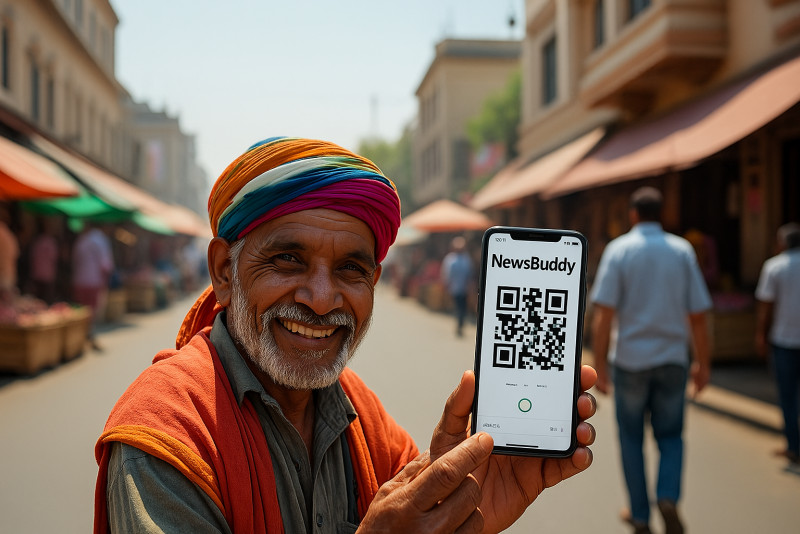In just a few years, India’s Unified Payments Interface (UPI) has changed how the nation pays. From tea stalls in remote villages to bustling metro cities, UPI has made real-time payments as easy as scanning a QR code. With over 14 billion transactions in May 2025 alone, UPI is not just a trend — it's a revolution.
What is UPI?
Launched by the National Payments Corporation of India (NPCI) in 2016, UPI allows instant money transfers between bank accounts via mobile. It works 24x7, with no need to remember long account numbers or IFSC codes.
Why Is UPI So Popular?
-
Instant & Free Transfers: Money moves in real-time, with zero cost to users.
-
QR Code Convenience: Payments via QR codes at shops, vendors, and even beggars in cities!
-
Apps Galore: Google Pay, PhonePe, Paytm, BHIM, and now even WhatsApp support UPI.
-
Safe & Secure: Two-factor authentication and bank-level encryption protect users.
-
Government Push: Initiatives like “Digital India” and zero-MDR policies boosted adoption.
Impact on Daily Life:
-
Street vendors now prefer UPI to handle exact change.
-
College students split bills using UPI.
-
Small businesses reduce cash handling and accounting hassle.
-
Women & senior citizens enjoy financial independence via simple mobile transactions.
Economic Impact:
-
Reduced black money flow.
-
Increased tax transparency.
-
Boost to fintech innovation and startups.
-
Encouragement for rural and semi-urban digital growth.
What’s Next for UPI?
-
International Expansion: UPI is already accepted in countries like UAE, Singapore, France, and Sri Lanka.
-
Credit Line Integration: UPI Lite and UPI Credit will soon allow payments via overdrafts and credit.
-
Voice-based UPI: For non-smartphone users and elderly citizens.
-
AI-powered fraud detection and seamless multilingual support.
Final Thoughts:
India's UPI success story is a model for the world. With more innovation and secure integration, it is set to lead the global digital payment ecosystem. It’s no longer just “cashless,” it’s now limitless.



